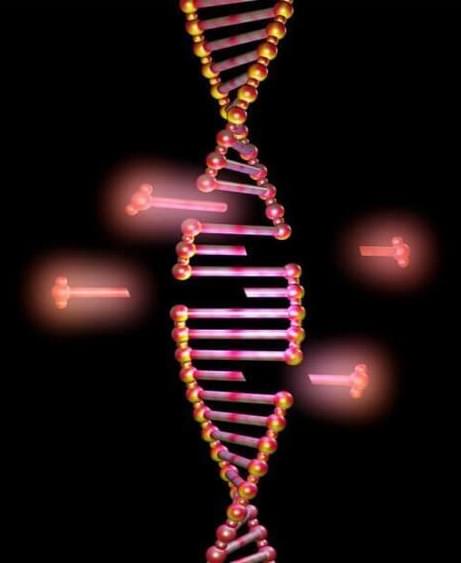Thanks to CRISPR, gene therapy and “designer babies” are now a reality. The gene editing Swiss army knife is one of the most impactful biomedical discoveries of the last decade. Now a new study suggests we’ve just begun dipping our toes into the CRISPR pond.
CRISPR-Cas9 comes from lowly origins. It was first discovered as a natural mechanism in bacteria and yeast cells to help fight off invading viruses. This led Dr. Feng Zhang, one of the pioneers of the technology, to ask: where did this system evolve from? Are there any other branches of the CRISPR family tree that we can also harness for gene editing?
In a new paper published last week in Science, Zhang’s team traced the origins of CRISPR to unveil a vast universe of potential gene editing tools. As “cousins” of CRISPR, these new proteins can readily snip targeted genes inside Petri dishes, similar to their famous relative.
